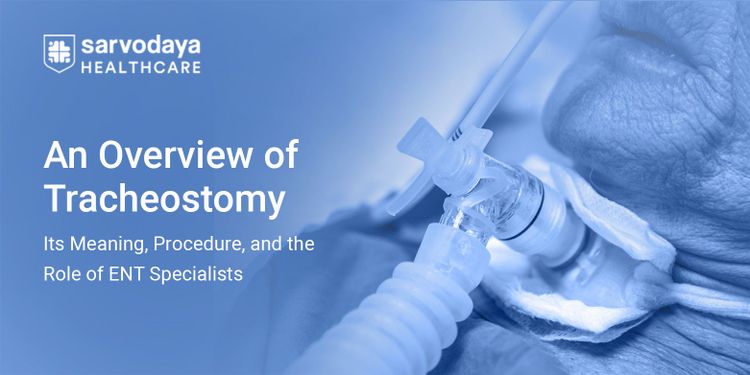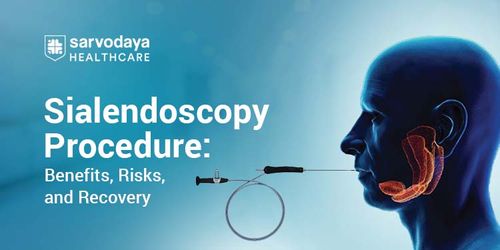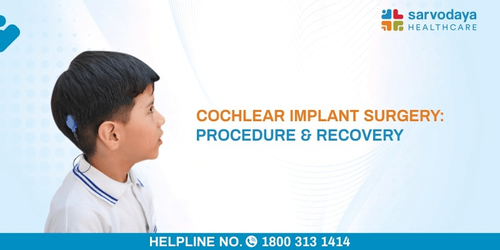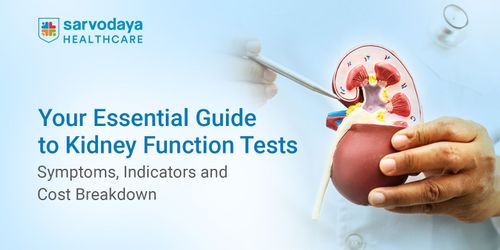One of the most fundamental human functions is breathing, and when it becomes compromised, urgent medical intervention is required. One such intervention is tracheostomy, a life-saving surgery that enables patients to breathe more easily when the natural airway is obstructed or impaired.
In this blog, we explore tracheostomy, its definition, the detailed procedure of tracheostomy, and the importance of tracheostomy care in recovery.
Understanding Tracheostomy
A tracheostomy is a surgical procedure involving creating a small neck opening directly into the windpipe (trachea) to establish an alternative airway. The word “tracheostomy” comes from the Greek terms tracheia (windpipe) and stoma (mouth or opening). The definition of tracheostomy essentially refers to this artificial opening that helps in breathing when normal air passage through the nose or mouth is blocked.
Tracheostomy is commonly performed in emergency situations where the patient’s airway is at risk, but it is also performed as an elective surgery for patients requiring prolonged respiratory support.
Procedure of Tracheostomy
Tracheostomy is a carefully controlled surgical operation that provides a direct route for air to reach the lungs. The goal is to ensure a safe airway and allow the patient to breathe effectively, particularly when the upper airway is blocked or impaired.
Here’s a step-by-step outline of the typical procedure of tracheostomy:
- Anaesthesia: Depending on the urgency and condition, the patient is administered either local or general anaesthesia.
- Incision: A small horizontal cut is made on the lower part of the neck.
- Accessing the Trachea: The surgeon carefully separates the surrounding tissues to reach the trachea (windpipe).
- Creating the Opening: A precise hole (stoma) is made in the trachea.
- Insertion of Tube: A tracheostomy tube is inserted through this opening to maintain airflow.
- Securing and Connecting: The tube is then secured with ties or straps and connected to an oxygen source or ventilator if required.
Tracheostomy usually takes 30–45 minutes under planned conditions. It may be completed more rapidly in emergencies to save the patient’s life.
Read More-Regaining Your Voice: Everything You Need to Know About Vocal Cord Palsy
Tracheostomy Care and Its Purpose
The care process requires daily attention, and medical professionals train patients or caregivers before discharge.
Here are some of the most essential steps involved in tracheostomy care:
- Cleaning the Tube and Site: The area around the stoma and the inner cannula of the tracheostomy tube must be cleaned regularly to prevent mucus buildup or infection.
- Suctioning Secretions: Suctioning helps remove mucus from the airway, ensuring the patient can breathe comfortably.
- Maintaining Humidity: Using a humidifier or mist collar helps prevent dryness and irritation of the airway.
- Changing Dressings and Ties: Regularly changing the dressing around the stoma keeps it dry and clean, while properly fitted ties hold the tube securely.
- Monitoring for Infection: Any redness, swelling, or unusual discharge around the opening must be reported immediately to an ENT specialist or the attending doctor.
Regular follow-ups with an experienced ENT specialist ensure that the stoma heals properly and that there are no complications such as infections or blockage. Continuous supervision and education empower patients and caregivers to confidently manage the tracheostomy at home.
Life After Tracheostomy: Recovery and Adaptation
Life after a tracheostomy requires patience, guidance, and consistent medical care. Once the surgery is complete, patients begin a recovery phase involving adapting to breathing, speaking, and eating in new ways. With proper tracheostomy care, most people return to regular activities and lead fulfilling lives.
Recovery typically involves:
- Hospital Stay: Patients usually remain in the hospital for observation and training on care routines.
- Breathing Adjustments: Breathing through the tracheostomy tube may initially feel unusual, but the body soon adapts.
- Speech and Communication: While speech may be affected initially, many patients learn to talk again using speaking valves or alternative communication methods under the supervision of an ENT specialist in Noida.
- Eating and Swallowing: Most patients can eventually return to standard eating patterns with guidance from doctors and speech therapists.
- Emotional Recovery: The process can be emotionally challenging, and support from family and healthcare professionals plays a key role in building confidence and stability.
The Role of ENT Specialists and Hospitals
Choosing the right medical team and facility makes a crucial difference in tracheostomy outcomes. The best ENT specialist in Delhi NCR ensures precision during the surgery and comprehensive follow-up care thereafter.
Here’s how expert ENT specialists and hospitals support recovery and patient well-being:
- Accurate Diagnosis and Planning: Detailed evaluation and imaging help determine whether a tracheostomy is required.
- Advanced Surgical Techniques: Skilled surgeons use modern equipment and minimally invasive approaches to minimise discomfort and recovery time.
- Customised Care Plans: Every patient receives a tailored treatment and follow-up schedule.
- Patient Education: Training is provided to patients and caregivers to manage tracheostomy care confidently at home.
- 24/7 Emergency Support: Access to emergency services ensures a quick response to post-operative issues.
Selecting a reputed ENT hospital in Faridabad provides access to multidisciplinary support, advanced monitoring equipment, and rehabilitation experts who make the transition to everyday life easier.
Conclusion
A tracheostomy is more than just a surgery; it is a life-saving intervention that helps patients breathe freely and live more comfortably when other medical treatments fail. With the correct information, support, and medical guidance, this journey can lead to remarkable improvements in both health and quality of life.
At the heart of advanced ENT care, Sarvodaya Hospital, Faridabad, stands out as a leading destination for airway management and tracheostomy treatment. The hospital is home to some of the best ENT specialist in Faridabad and provides access to expert surgeons, modern operating theatres, and dedicated post-operative care facilities. Patients receive holistic care, from accurate diagnosis and safe surgical procedures to rehabilitation and continuous follow-up.
Take the first step towards better respiratory health and book an appointment now with a trusted ENT specialist at Sarvodaya Hospital.





























